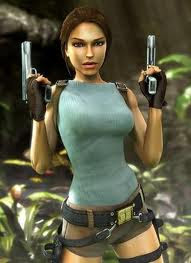
Type:
Mixed
Themes:
Mixed
Themes:
- Friendship
- Companionship
Narrative Structure:
- Closed
- Non - Linear
- Single strand
Camerawork:
- Interview: framed ot left or right of the screen, medium close - up or close - up, the eyeline is a 1/3 way down the screen.
- BIV and tracking of / through Neverland.
- Low shot a monkeys in the tree which shows that they are powerful.
- Close - up of Bubbles the monkey in a cage which is being filmed by a handheld camera and and this shows upset and distress.
- Extreme close - up of La Toya's face which shows that she is upset.
- Long shot of the car La Toya is in.
- Two shot of Patti and La Toya in the grass.
- POV shot from Bubbles eye's looking at La Toya.
- Long shot of La Toya and Bubbles
- The nature reserve were Bubbles now lives.
- The interview backgrounds tell us what sort of person they are and what sort of things they do.
- Dr Jane Goddall has the background of monkey's which conotes that she works with monkey's and she works now with Bubbles.
Sound:
- Main sound is Micheal Jackson's music.
- Voiceover: Male, 30 years old, American.
- There are sound effects are of a camera shutter.
- The music complements the mood.
Editing:
- Cuts.
- The interviewee speaks about a topic and it will cut to a video clip that is related to what the interviewee has just said.
Archive Material:
- Music Videos.
- Photographs.
- Home Videos.
- Newspaper.
- Chat shows.
- Magazines.
- News Footage.
Graphics:
- Font:








